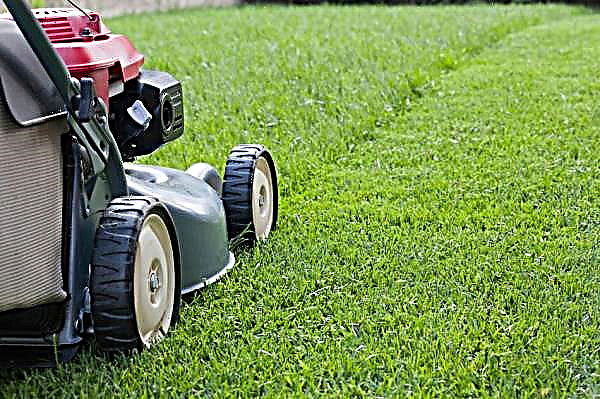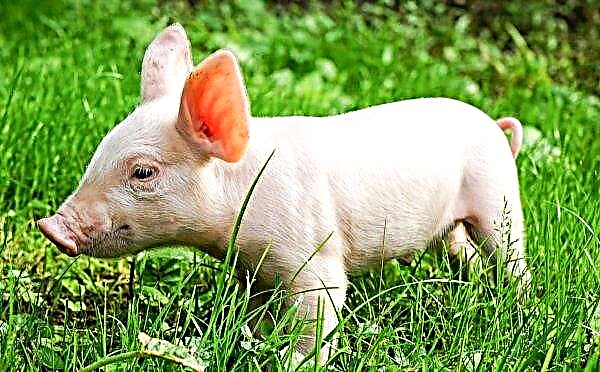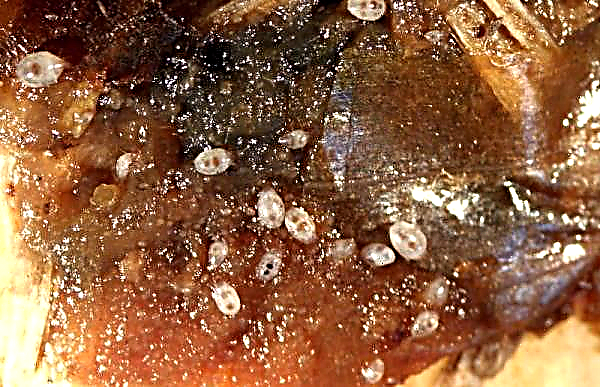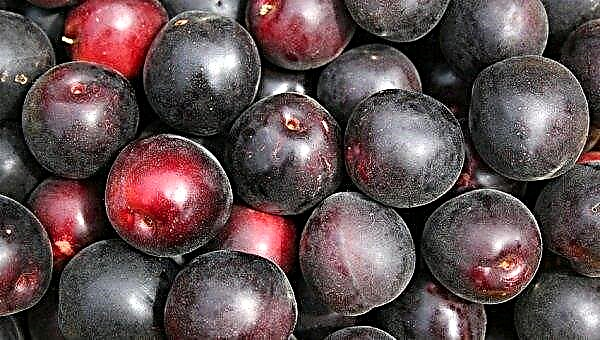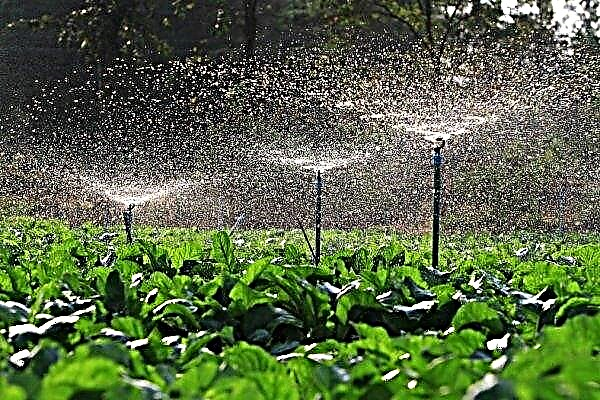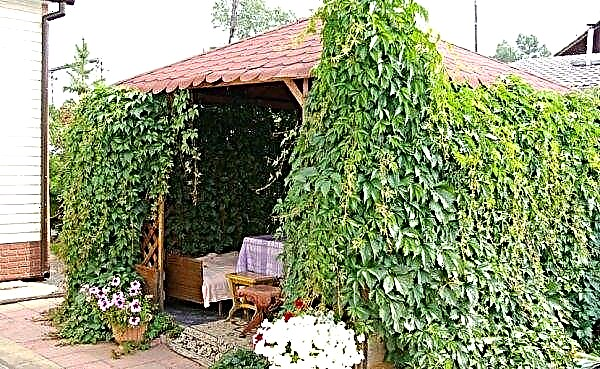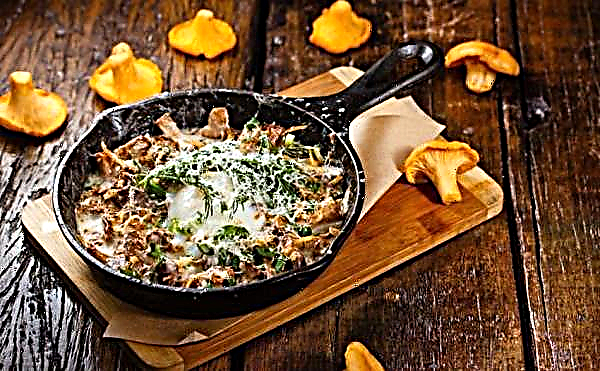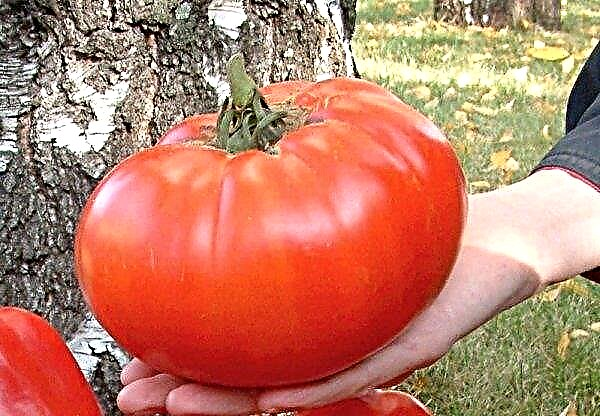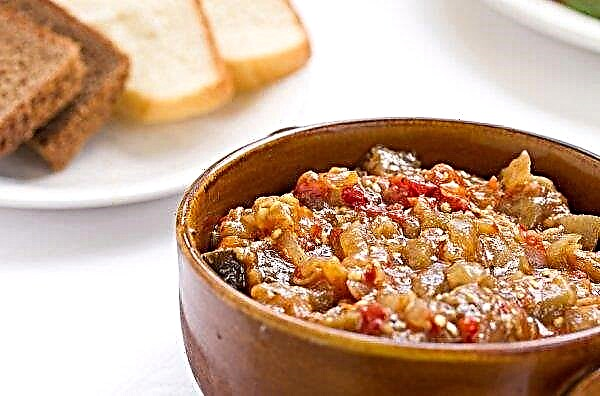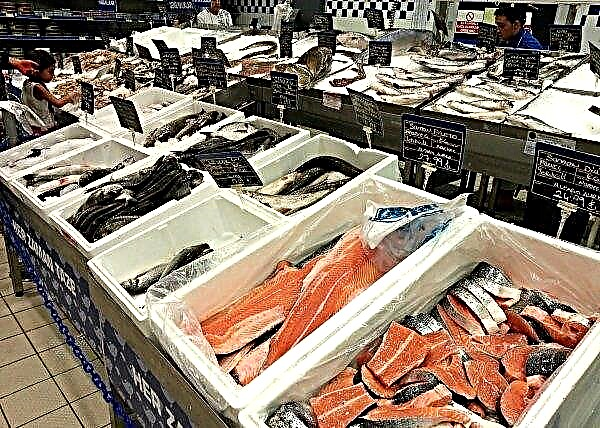A huge role in agriculture is played by the correct crop rotation of vegetable, berry, and spicy crops. The further crop depends on how correctly and correctly the sowing area is chosen. The article will focus on the cultivation of onions, taking into account all the rules of crop rotation.
Did you know? The largest bulb in the world was grown in England. Her weight was 6 kilograms.
Basic crop rotation rules
Crop rotation is the process of alternating vegetable crops and plants when planting on a plot of land. Scientists-agrarians indicate three main reasons.
On the basis of which it is necessary to observe the annual alternation of vegetable plants in personal plots:
- Increased concentration of pathogens and pests. By the way, when using the same areas for several seasons of potato cultivation, the concentration of pathogenic late blight, insect wireworm, and pest beetles will increase. Accordingly, each subsequent crop will be less full, and efforts to combat diseases and pests will increase significantly.
- An increase in the level of toxins in the soil. Plants through branched roots release toxic substances into the soil layer - colins. However, most plants are extremely susceptible to their own toxins isolated in the previous period of growth. Violation or non-observance of crop rotation, when last year's crop is sown in the same place the next year, the yield will decrease, “degenerate” even without the harmful effects of pests and various diseases. Beets and spinach are examples of vegetables that are extremely sensitive to their colins. And corn, leek, and leguminous plants are the least susceptible to their toxins.
- Soil fertility. The seasonal alternation of plants on the beds allows the soil to be less depleted, since the root system of each species has a different structure, and the consumption of nutrients comes from different layers of soil. Given this peculiarity, when planting in open ground in a certain order of garden crops, not only the depletion of soil layers will not occur, but also the process of improving the soil will start.
Important! There are special tables in which information on crop rotation in the garden is presented in a convenient form.
The role of onions in crop rotation
In a crop rotation in which onions are involved, the level of organic fertilizers applied to the soil should be taken into account. Depending on this, the onion crop is planted. In addition to this factor, it is allowed to grow this crop for up to three consecutive seasons, subject to southern regions and special crop rotations.
Agronomy of growing onions
Let us consider in more detail some of the nuances of planting the aforementioned vegetable crop.
Important! An excess of moisture on the onion bed is indicated by the light green color of the feather part of the plant.
Soil composition requirements
Onion-turnip is a fairly demanding crop in terms of soil composition. The bed should be prepared in advance so that the applied organic fertilizers (mullein, bird droppings) are thoroughly re-read and do not create an aggressive environment for plant roots. Mineral fertilizers are also necessary, but it should be borne in mind that their excess negatively affects the plant and there is an accumulation of chemicals in all parts, especially in the underground part (bulb). Soil acidity should be close to neutral. If necessary, deoxidize the soil (e.g. with ash or dolomite flour). As a winter onion, they are planted on a bed not with seeds, but with sowing, then in early spring you can get an excellent crop of green feather. There is also a method for obtaining onion turnips when planting small onions in autumn. In the spring, sowing should be planted in well-warmed ground, otherwise there is a high probability of mass shooting of onions.
Soil acidity should be close to neutral. If necessary, deoxidize the soil (e.g. with ash or dolomite flour). As a winter onion, they are planted on a bed not with seeds, but with sowing, then in early spring you can get an excellent crop of green feather. There is also a method for obtaining onion turnips when planting small onions in autumn. In the spring, sowing should be planted in well-warmed ground, otherwise there is a high probability of mass shooting of onions.
Did you know? For cosmetic purposes, use a fresh onion, cut in half. Regular rubbing of the face helps cleanse the skin of freckles and age spots.
However, late sowing dates are not desirable, since the late development of turnip bulbs adversely affects the subsequent quality of the vegetable. How to plant seed material in order to create conditions for the proper formation of the plant and ensure subsequent proper care - the answer is simple: onions are placed in the soil to a depth of not more than 4 cm, maintaining a distance between them of about 10 cm. Row spacing is 25 cm. It is advisable to mulch the soil with humus .
Soil moisture requirements
For full development, a burning vegetable needs constant watering, taking into account weather conditions. The soil condition must remain stable-moistened so that the onion does not dry out. However, excess moisture is harmful, as this contributes to the formation of putrefactive processes, diseases.
List of Onion Precursors
- Crops, after harvesting which sow onions on turnip:
- cucumbers
- zucchini;
- pumpkin;
- cabbage;
- early potatoes;
- siderata plants;
- beans;
- Beans
- peas.
Incompatible Onion Precursors
- The list of crops, after which it is impossible to plant a turnip:
- wild strawberries;
- greenery;
- herbs are spicy;
- carrot;
- turnip;
- radish;
- radish;
- bow;
- garlic.
What can be planted next to onions
The most traditional “neighbor” of onion is carrots. AdvantageSuch close growth can be considered the fact that each of the cultures adversely affects the harmful insects of the neighboring vegetable.
What else can be sown next to the onion ridge is:
- Tomatoes
- beets;
- white cabbage;
- chicory;
- garden strawberries;
- thyme.

After which predecessors can I plant onions in the winter
Winter sowing is preferably planted after:
- all kinds of green manure plants;
- maize;
- Tomatoes
- cucumbers
- salads;
- cabbage (any kind).
Many experienced gardeners recommend planting bulbs on beds after potatoes. In this case, you only need to make sure that the soil is not infected with wireworms and nematodes. Summing up, we can safely say that if you follow simple rules and take into account the seasonal sequence when planting plants, you can significantly increase the yield of marketable products, while significantly reducing the labor and material costs associated with fertilizing the beds and simplifying the fight against diseases and pests.

